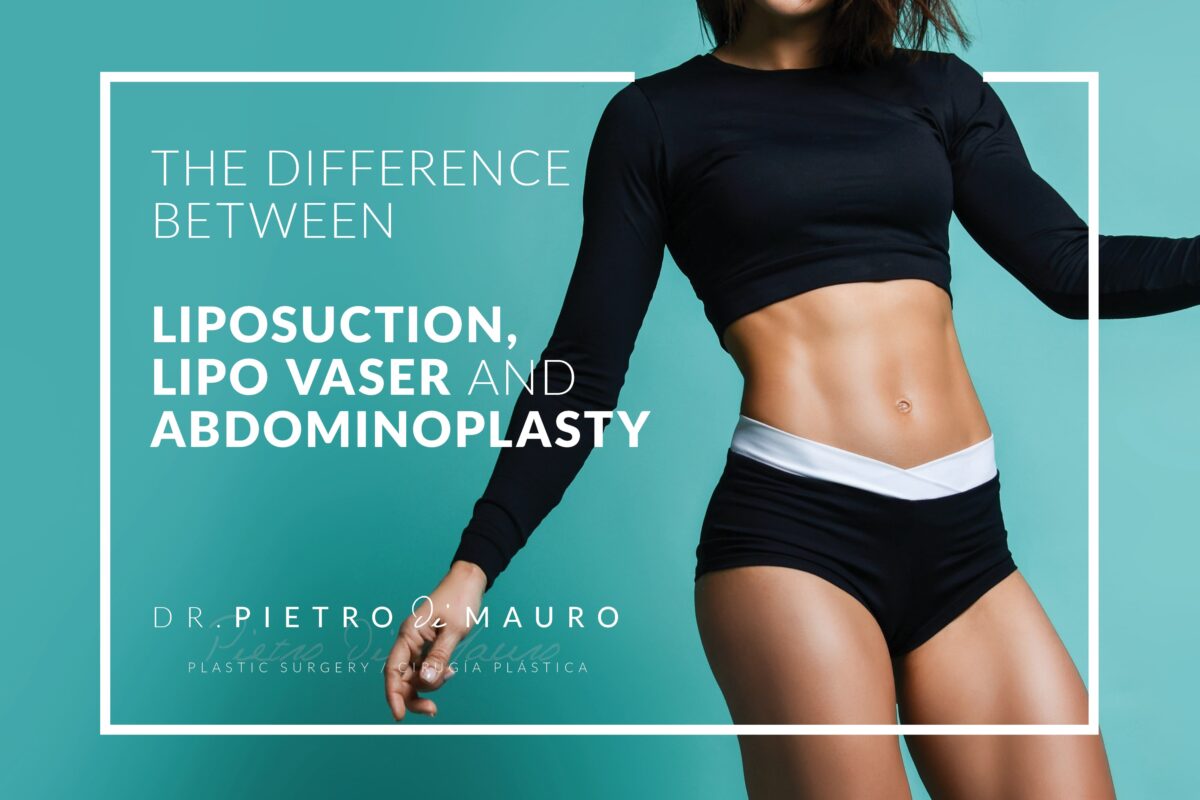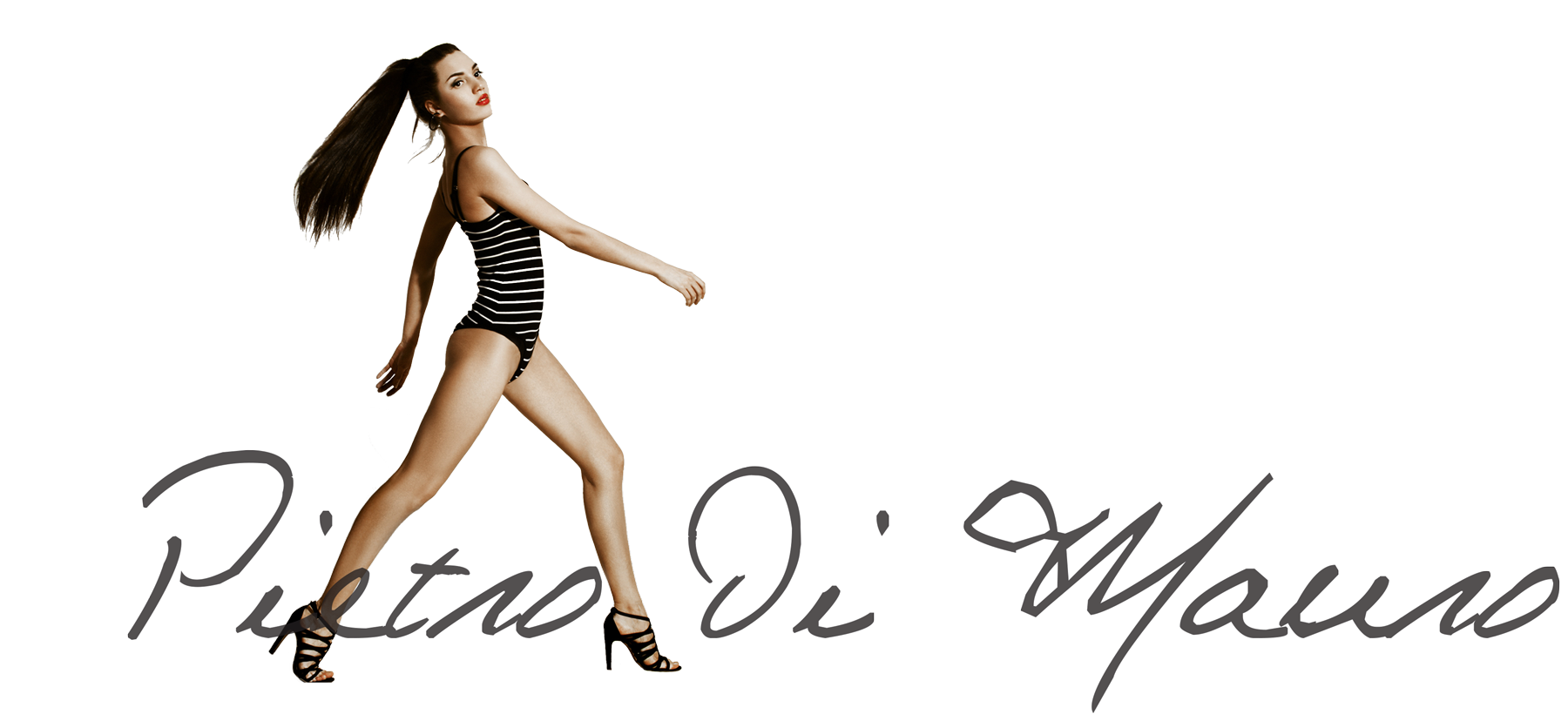Annoying and unsightly bulges such as ‘love handles’ or a flabby tum may be driving you to distraction, but there is no need to despair, as there are surgical solutions. Abdominoplasty (tummy tucks) and Liposuction are regularly used to hone the contours of the body, but it’s important to understand that they are two very different operations.
W H A T I S T H E D I F F E R E N C E B E T W E E N A ‘ T U M M Y T U C K ’ A N D L I P O S U C T I O N
( I N C L U D I N G L I P O V A S E R ) ?
It’s essential that you understand the differences and to establish which will deliver the results you desire.
L I P O S U C T I O N
Liposuction is much less invasive. It is a method of sculpting the body by sucking out localised pockets of fat. Often referred to as ‘Lipo’, is one of the most common types of cosmetic surgery, it is low risk, highly effective and has virtually no scarring as incisions are no more than 4mm in length. It can be carried out under sedation or general anaesthetic.
There are several different methods, traditional treatments use a pressure vacuum to suck out the fat, it is also possible to use ultrasound or vibrations to break down the fat to make it easier and quicker to extract via a cannula. The process can be used to contour virtually any part of the body, from chin, neck and cheeks, to ankles, back and bottom. Ideally patients shouldn’t be more than around 10 per cent above their ideal body weight as no skin will be removed, it’s important to have elasticity. This is not the case with abdominoplasty.
L I P O V A S E R
The new Lipo Vaser technology also falls under the heading of liposuction. This is the very latest technique that uses tumescent fluid (a mix of saline and anaesthetic) and ultrasound to zap precise areas fat, ready for easy and pain free extraction via a tiny incision. This is the best method for reduced pain and swelling, as it doesn’t affect any of the surrounding tissues.
A D D O M I N O P L A S T Y (T U M M Y T U C K)
Whereas, as its name suggests, a tummy tuck literally removes extra flabby skin and fat from the tummy area and is more suited to those with less skin tone. In addition to removing ‘belly bulge’, this procedure can also repair any separation of the abdominal muscles such as ‘rectus diastasis’, which can occur during pregnancy, childbirth or due to weight gain.
However, a tummy tuck would not be the correct procedure to tackle the small pockets of fat commonly known as ‘love handles’, these would require additional liposuction.
W H I C H A B D O M I N O P L A S T Y M E T H O D I S R I G H T F O R Y O U ?
The operation is carried out under general anaesthetic. There are several different methods; standard, mini, extended, circumferential and Fleur de Lys abdominoplasty.
The most suitable option will depend upon the amount of fat and excess skin to be removed. For example, if there is a minimal amount of extra skin, a ‘mini’ tummy tuck requiring just one small incision could be sufficient. Alternatively, a larger incision across the abdomen may be required to enable a larger amount excess skin and fat to be surgically removed from below the incision.
C O N S U L T A T I O N W I T H Y O U R S U R G E O N
Marbella based cosmetic surgery expert, Dr. Pietro di Mauro, recommends all patients first seek a consultation with their consultant to discuss their issues and to find the right solution. At this point a reputation surgeon will fully explain the benefits and risks associated with the desired surgical procedures.
W H A T I S T H E R E C O V E R Y T I M E F O R A T U M M Y T U C K ?
After a tummy tuck and liposuction surgery it is important to rest, which means no exercise, strenuous activity or heavy lifting for at least one month. These measures are in place in order to reduce bruising and to prevent bleeding and fluid accumulation. After tummy tuck, it is necessary to wait a further two weeks before attempting any abdominal exercises Pressure bandages will need to be worn for up to six weeks after surgery.
After surgery you will be given a personal post-operative plan and will be required to attend follow up appointments to track progress, this could be remotely, unless stitches need to be removed or other face to face treatments need to be administered.
If you are worried about any aspect of your recovery, it is essential to contact the surgeon immediately.
Call Dr di Mauro on 648 43 45 93 for a confidential no-obligation consultation.


